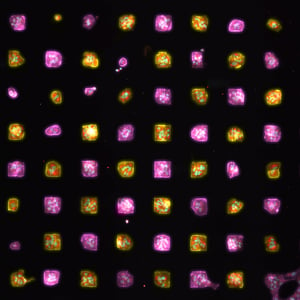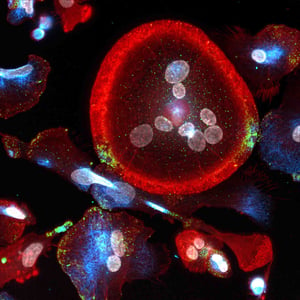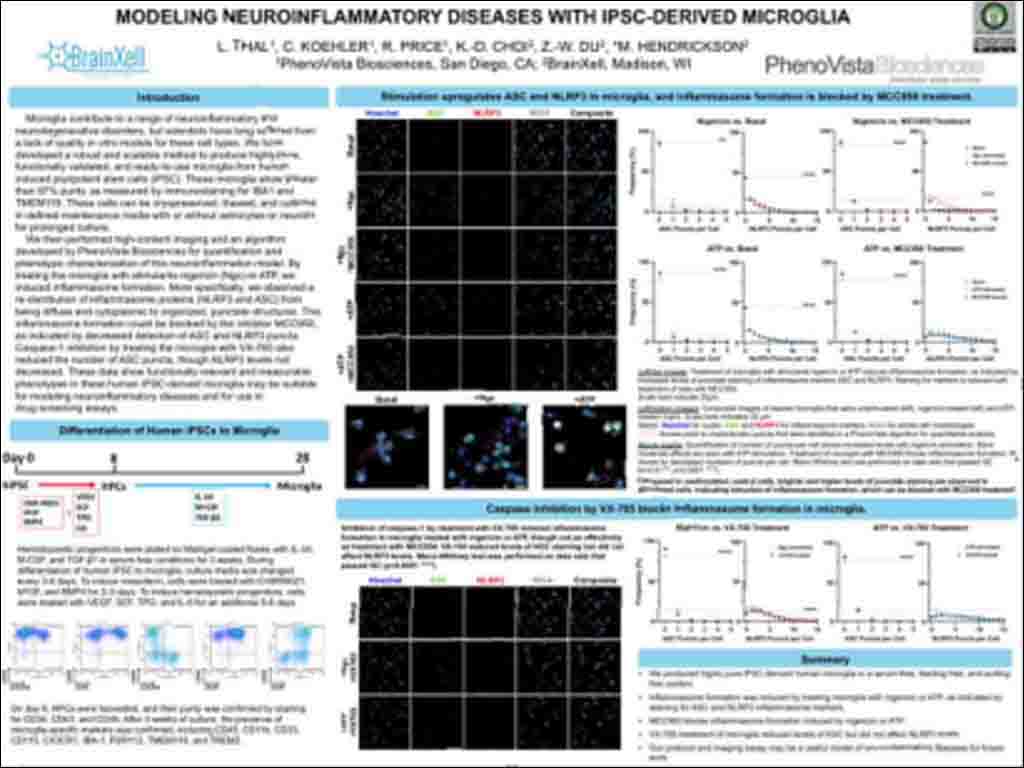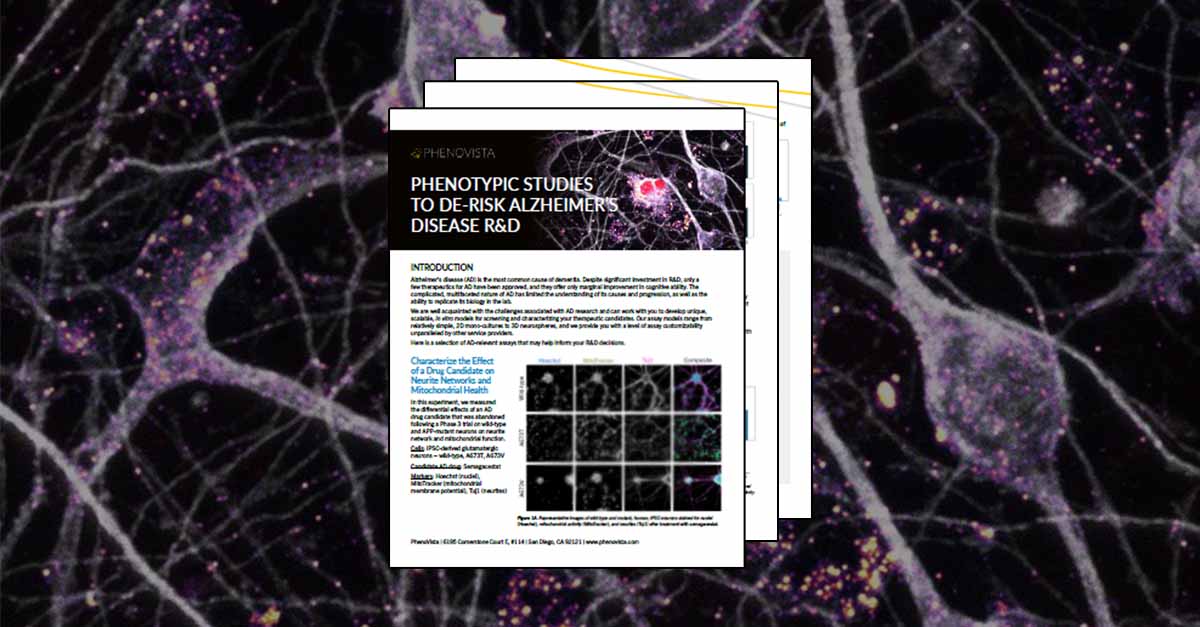

RELATED RESOURCES
CONTACT US
Let's discuss how we can help with your next study.
DOWNLOAD THE POSTER
Modeling Neuroinflammatory Diseases with iPSC-derived Microglia
Overview
Microglia contribute to a range of neuroinflammatory and neurodegenerative disorders, but scientists have long suffered from a lack of quality in vitro models for these cells. We have developed a robust and scalable method to produce highly pure, functionally validated, and ready‐to‐use microglia from human induced pluripotent stem cells (iPSC). This poster shows functionally relevant and measurable phenotypes in these human iPSC‐derived microglia may be suitable for modeling neuroinflammatory diseases and in drug‐screening assays.
In collaboration with BrainXell.





